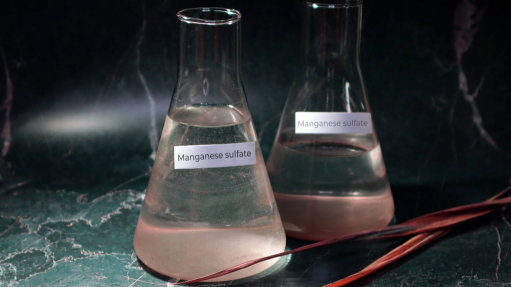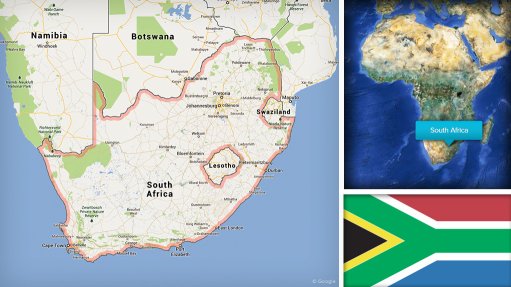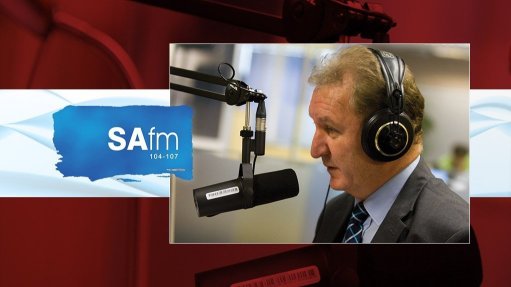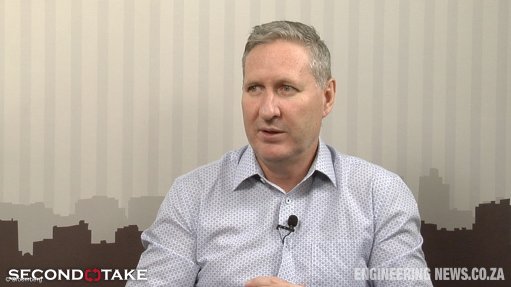Contingent liabilities set to rise to R980bn
Contingent liabilities, which are mainly guarantees to State-owned companies (SOCs), are projected to reach R979.9-billion on March 31, 2020.
According to Finance Minister Tito Mboweni, who tabled the 2020 National Budget, in Parliament, on Wednesday, government’s “long record of prudent debt management has enabled the National Treasury to consistently match higher borrowing requirements without dramatically increasing the cost of debt”.
Despite the challenging economic environment, government has continued to implement an “efficient and cost-effective” financing strategy that priorities funding liquidity while minimizing refinancing and currency risk without compromising the functioning of the domestic bond market.
However, Mboweni acknowledged that the current debt trajectory is not sustainable and said that it will have to be addressed by reducing expenditure, improving the financial positions of SOCs and increasing revenue collection through higher economic growth.
Meanwhile, South Africa’s debt and debt-service costs will continue to rise over the medium term, with gross national debt projected to be R3.56-trillion, or 65.6% of gross domestic product (GDP) by the end of 2020/21.
Borrowing is expected to reach R497.5-billion in 2022/23, and net debt to reach 67.8% of GDP over the same period.
The steep increase in debt and debt-service costs increases the risk to South Africa’s remaining investment-grade credit ratings, and is the result of weak economic growth, a deteriorating fiscal position, an increase in domestic bond redemptions, as well as large-scale support to distressed SOCs.
Over the past year, government’s gross borrowing requirement (the budget balance plus maturing loans) has increased 21.4% to R407.3-billion.
In 2020/21, the borrowing requirement will be R432.7-billion and will be met from short- and long-term borrowing in the domestic market, and from foreign-currency loans, National Treasury said.
South Africa’s gross loan debt is estimated to increase from R3.18-trillion (61.6% of GDP) in 2019/20, to R4.38-trillion (71.6% of GDP) in 2022/23.
Net loan debt is estimated to increase to R2.94-trillion (57% of GDP) in 2019/20, to R4.15-trillion (67.8% of GDP) in 2022/23.
Comments
Press Office
Announcements
What's On
Subscribe to improve your user experience...
Option 1 (equivalent of R125 a month):
Receive a weekly copy of Creamer Media's Engineering News & Mining Weekly magazine
(print copy for those in South Africa and e-magazine for those outside of South Africa)
Receive daily email newsletters
Access to full search results
Access archive of magazine back copies
Access to Projects in Progress
Access to ONE Research Report of your choice in PDF format
Option 2 (equivalent of R375 a month):
All benefits from Option 1
PLUS
Access to Creamer Media's Research Channel Africa for ALL Research Reports, in PDF format, on various industrial and mining sectors
including Electricity; Water; Energy Transition; Hydrogen; Roads, Rail and Ports; Coal; Gold; Platinum; Battery Metals; etc.
Already a subscriber?
Forgotten your password?
Receive weekly copy of Creamer Media's Engineering News & Mining Weekly magazine (print copy for those in South Africa and e-magazine for those outside of South Africa)
➕
Recieve daily email newsletters
➕
Access to full search results
➕
Access archive of magazine back copies
➕
Access to Projects in Progress
➕
Access to ONE Research Report of your choice in PDF format
RESEARCH CHANNEL AFRICA
R4500 (equivalent of R375 a month)
SUBSCRIBEAll benefits from Option 1
➕
Access to Creamer Media's Research Channel Africa for ALL Research Reports on various industrial and mining sectors, in PDF format, including on:
Electricity
➕
Water
➕
Energy Transition
➕
Hydrogen
➕
Roads, Rail and Ports
➕
Coal
➕
Gold
➕
Platinum
➕
Battery Metals
➕
etc.
Receive all benefits from Option 1 or Option 2 delivered to numerous people at your company
➕
Multiple User names and Passwords for simultaneous log-ins
➕
Intranet integration access to all in your organisation


















